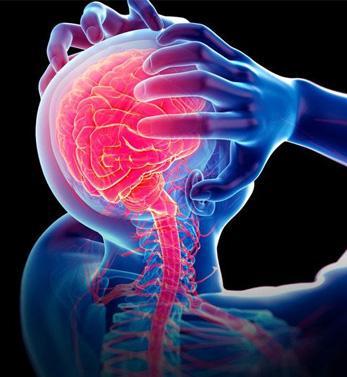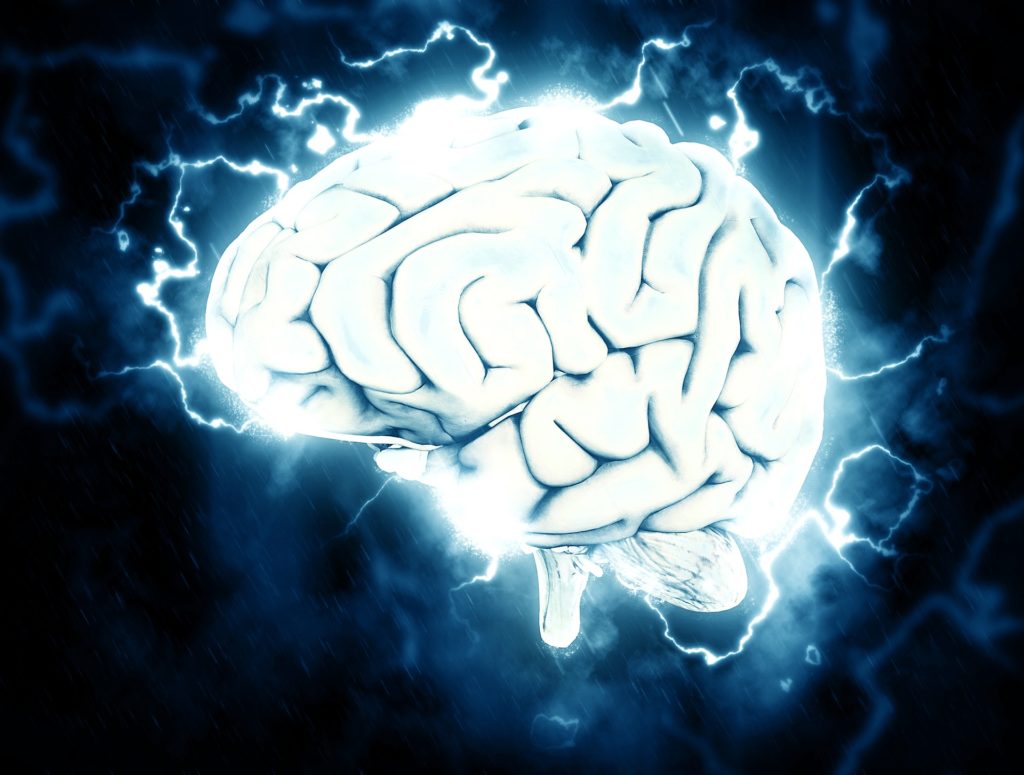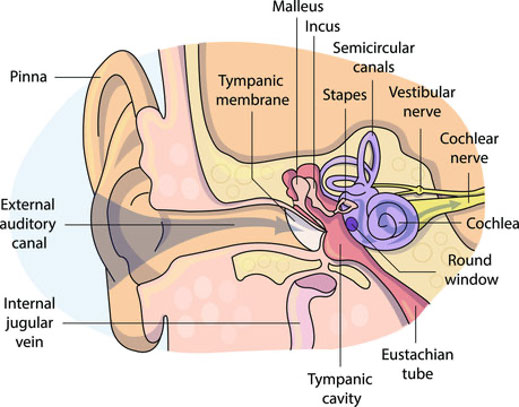

Dizziness is a problem that distracts people from their daily activities and sometimes panics them. There are many causes of dizziness. The most common cause in ENT medicine is BPPV, which is popularly called crystal disease. It occurs with vertigo, which is manifested by brief head movements when lying in bed, getting out of bed, bending over to put on their shoes, or lifting their head. Dizziness lasts for 5-15 seconds and may increase for 1 minute or more in few people. This problem is corrected by the placement maneuvers (epley, semont…) performed by the ENT doctor, in most patients, even the need for medication.
Vestibular migraine is a disease that is common among dizziness, but it is very difficult to diagnose by doctors. Vestibular migraine can often be confused with BPPV. It is difficult to diagnose, especially in patients without a definitive diagnosis of migraine. Unfortunately, migraine is not a well-known disease in our country, and these patients often mistake themselves for sinusitis.

These patients have attacks of vertigo with or without a headache and seizures with accompanying symptoms. It is mostly seen in young and middle-aged women. Crises often coincide with menstrual periods. In these patients, dizziness may be accompanied by auras such as light sensitivity, sound sensitivity, visual and other numbness, and perception disorders. Various foods and beverages can trigger an attack. Hearing loss and tinnitus are also not common in vestibular migraine.
Patients presenting with the complaint of dizziness should be asked whether they have a headache complaint. Vestibular migraine should be considered after exclusion of crystal disease, which is the most common cause of vertigo, in a patient with a definite diagnosis of migraine before or in a patient with headaches but not diagnosed with migraine.
How is the diagnosis made?
Different and wrong diagnoses can be made for vestibular migraine patients. The collaboration of otolaryngologists and neurologists on this issue is beneficial in the diagnosis and treatment of this disease. In order to diagnose a person as “vestibular migraine”, it must be ensured that there is no other disease underlying the vertigo. The presence of diseases such as tumors, vascular occlusion, MS (multiple sclerosis) pressing on the nerves between the brain and inner ear should be investigated. The initiation of attacks by migraine triggers (such as wine, nuts, menstrual period) also supports the diagnosis. In addition, the response of more than 50% of the attacks to migraine drugs is evaluated in favor of vestibular migraine. Motion sickness and a family history of migraine should be investigated in these individuals.

What is done in the treatment?
There is no proven treatment option in vestibular migraine. First of all, the frequency of migraine attacks should be reduced. Known as migraine triggering factor; Sensory stimuli such as sleep disturbance, chocolate, salt, red wine, caffeinated coffee, soda, cheese, foods with monosodium glutamate, nuts, excessive stress, bright light, intense smell, loud noise should be avoided. The wisdom teeth of the patients may be triggering the pain by pressing the jaw. Therefore, wisdom teeth may need to be checked and extracted. Beta receptor blockers, calcium channel blockers, diuretics, tricyclic antidepressant drugs, antiepileptic drugs can be used as drugs. When migraines are associated with menstrual periods, limiting salt intake at the time of menstruation may help.